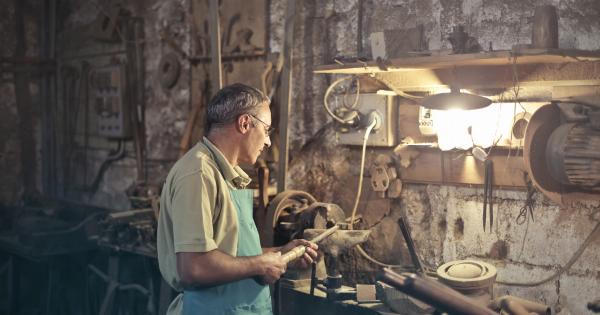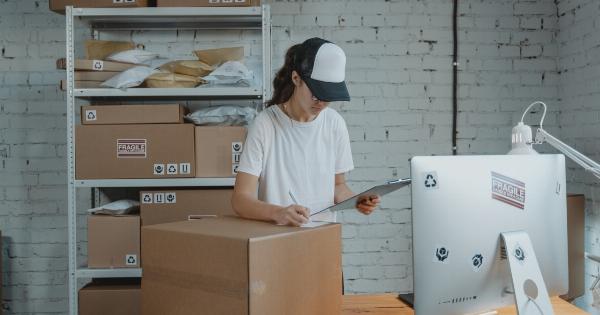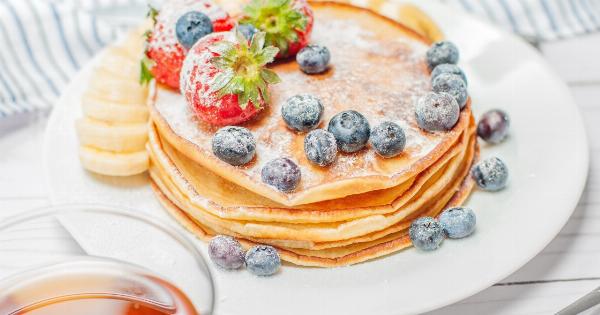Do you ever wonder how your dinner plates are made? Have you ever thought about the production process and the materials used to create the plates that you use every day? In this article, we will explore the steps involved in the making of dinner plates and the different materials used to create them.
The Production Process of Dinner Plates
The production of dinner plates begins with the selection of the material to use for the plates. Most plates are made from ceramics, but some are also made from glass or melamine.
Once the material has been selected, the next step is to prepare the material for molding.
If the material being used is ceramics, it will first need to be ground into a fine powder. The powder is then mixed with water to form a slurry. The slurry is then poured into a mold and left to dry for several hours.
Once the slurry has dried, the plate is removed from the mold and placed in a kiln for firing. The kiln is heated to a temperature of about 2,000 degrees Fahrenheit, which causes the plate to harden.
For glass plates, the material is melted at a high temperature and then poured into a mold before being left to cool. Melamine plates are created using a similar process to ceramics, but the material is not fired in a kiln.
Instead, it is heated and then cooled to create a hard, durable plate.
The Different Materials Used for Dinner Plates
The most common material used for dinner plates is ceramics. Ceramics are made from natural materials such as clay, kaolin, and feldspar. These materials are ground into a fine powder and then mixed with water to create a slurry.
The slurry is then poured into a mold, and the plate is left to dry before being fired in a kiln. Ceramic plates are durable, long-lasting, and come in a variety of colors and designs.
Glass plates are also popular for their durability and elegance. These plates are made from soda-lime glass, which is a combination of soda ash, limestone, and sand. The materials are melted at a high temperature and poured into a mold.
The plates are left to cool and then polished to create a smooth surface.
Melamine plates are made from a type of plastic called melamine resin. This material is durable and resistant to scratches and breakage. Melamine plates are lightweight, making them ideal for outdoor use and for children’s dishware.
The Advantages and Disadvantages of Different Materials
Each material used for dinner plates has its own advantages and disadvantages. Ceramic plates, for example, are durable and long-lasting, but they can be heavy and prone to chipping and breaking.
Glass plates are elegant and visually appealing, but they can be fragile and easily shattered. Melamine plates are lightweight and durable, but they are not suitable for use in the microwave and can become discolored over time.
The Design and Decoration of Dinner Plates
Dinner plates come in a variety of designs and decorations. Ceramic plates can be decorated using a variety of techniques, including painting, stamping, and silk screening.
Glass plates can be decorated using a variety of methods, including etching and printing. Melamine plates can be decorated using a process called sublimation, which involves printing a design onto a transfer paper and then transferring the design to the plate using heat and pressure.
The design and decoration of dinner plates can range from simple and minimalistic to bold and intricate. Many plates feature designs and patterns inspired by nature, while others feature geometric shapes and abstract patterns.
Conclusion
The production process of dinner plates involves selecting the material, preparing the material, molding, firing, and cooling. The most common materials used for dinner plates are ceramics, glass, and melamine.
Each material has its own advantages and disadvantages, and the design and decoration of dinner plates are vast and varied. Whether you prefer a simple and minimalistic design or a bold and intricate pattern, there is a dinner plate out there to suit your taste.































